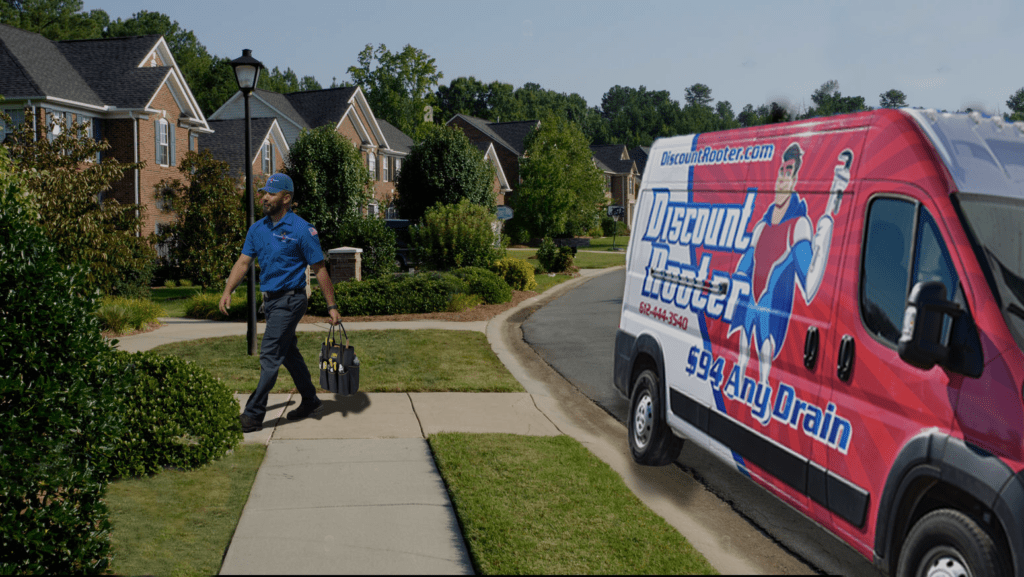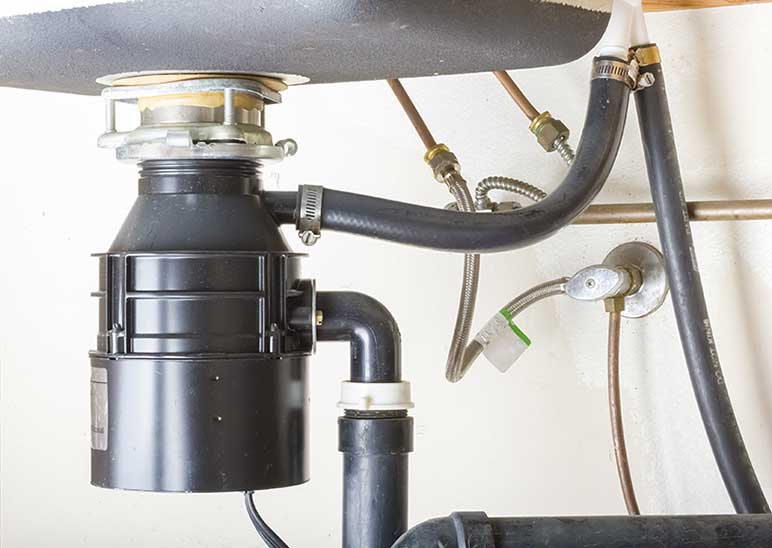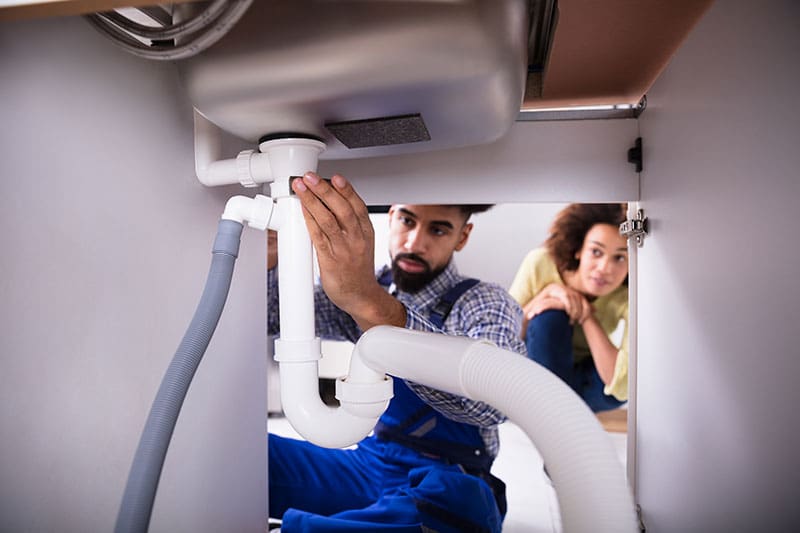Garbage Disposal Services
Efficient Kitchen Waste Management with Expert Plumbing Assistance
The invention of the garbage disposal in the 1930s was a game-changer for American kitchens, revolutionizing waste disposal methods. Today, more than half of all U.S. households benefit from the convenience of a garbage disposal system.
However, when a garbage disposal malfunctions, the inconvenience is immediate and unmistakable. From the loss of convenience to the unpleasant odors, a faulty disposal system can be quite a hassle. At Discount Plumbing and Drain Cleaning, we’re ready to swiftly fix, replace, or install a new garbage disposal unit in your sink, ensuring top-quality service backed by solid guarantees. We’re here for same-day appointments too.
Experiencing problems with your disposal unit? Call our experts at (612) 843-2454 today.
Typical Garbage Disposal Issues
Garbage disposals, while durable, can encounter various issues due to their heavy-duty operation. These might include:
- Unpleasant odors
- Clogs and blockages
- Humming motors without grinding action
- Unusually loud noises
- Leakage under the unit
- Water pooling in the sink
- Disposal units not turning on or staying on
Our experienced plumbers are well-equipped to address these issues promptly. Our service trucks carry an extensive range of parts to ensure repairs are completed efficiently. If a replacement is needed, we work within your budget to find the perfect new unit and provide a professional installation backed by a satisfaction guarantee.
Garbage Disposal Maintenance Tips
Proper maintenance is key to extending the lifespan of your garbage disposal:
- Regularly run ice cubes and citrus peels for about 30 seconds to neutralize odors.
- Avoid overloading the disposal with food waste. Hand-scoopable amounts shouldn’t go down the drain.
- Flush your system regularly with hot water to keep it clean.
How Discount Plumbing and Drain Cleaning Can Assist You
At Discount Plumbing and Drain Cleaning, we’ve earned our customer loyalty through exceptional work and superior customer service. We understand that customers have choices, which is why we stand out by offering industry-leading guarantees and respecting our customers’ time with punctual service. We aim to provide an experience that’s as satisfactory as the reliable repairs we deliver.
Common Garbage Disposal Problems We Solve
We’re equipped to handle a range of garbage disposal issues, including:
- Garbage disposal not working or humming but not working
- Situations where you’re wondering, “Why is my garbage disposal not working?”
- Units that are humming not working effectively
- Insinkerator and blade and badger unit repairs
- Home Depot garbage disposal installations and fixes
Need Garbage Disposal Assistance? Call Us!
If you’re facing challenges like how to fix a garbage disposal not working or need advice on maintenance, we’re here to help. Our team ensures your disposal system handles kitchen food and water waste efficiently, maintaining power and optimal functionality.
Contact Discount Plumbing and Drain Cleaning at (612) 843-2454 – Your solution for reliable garbage disposal services.



